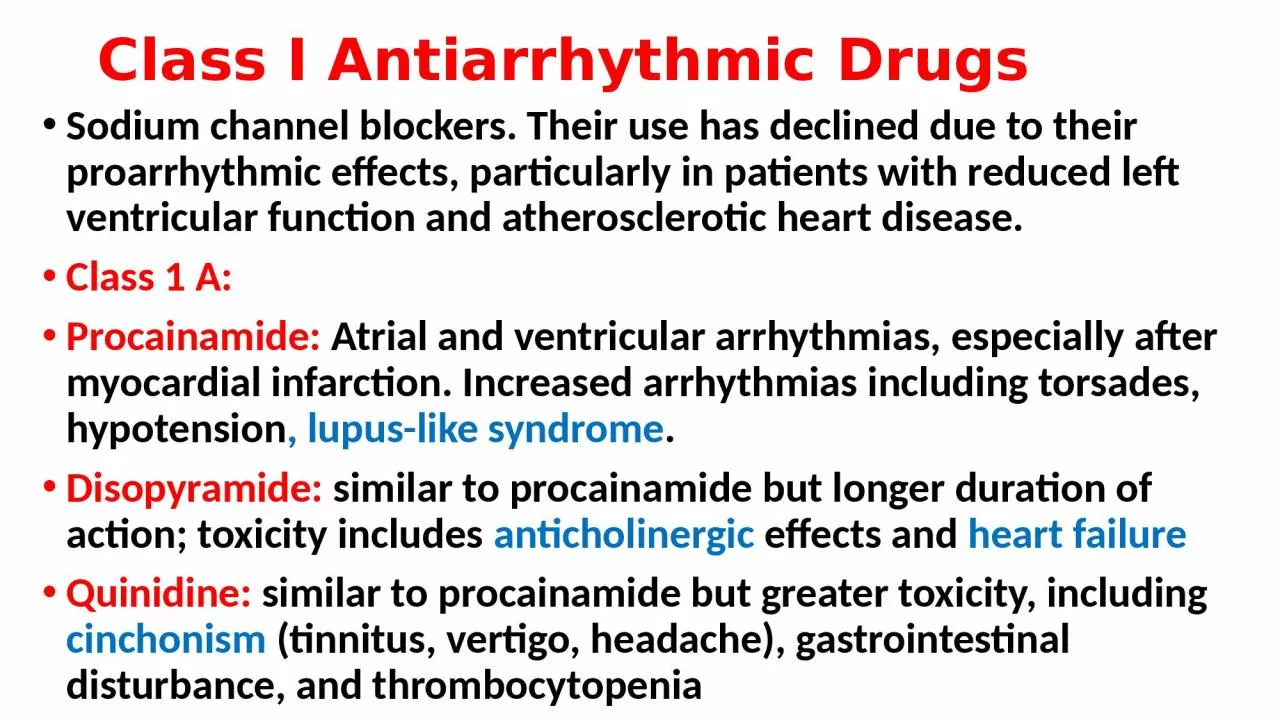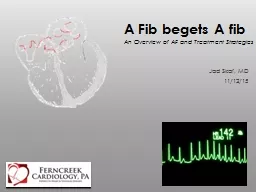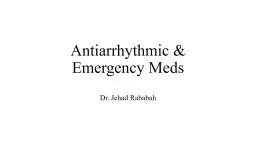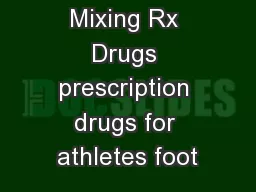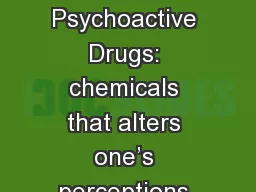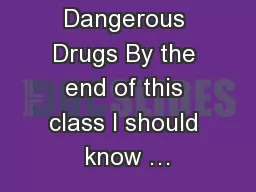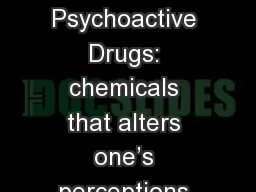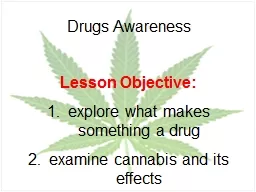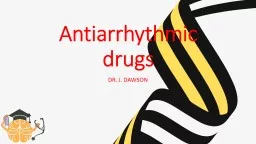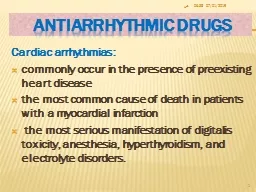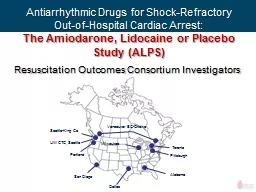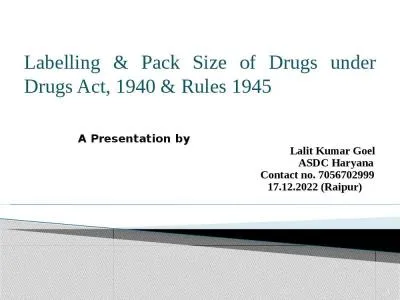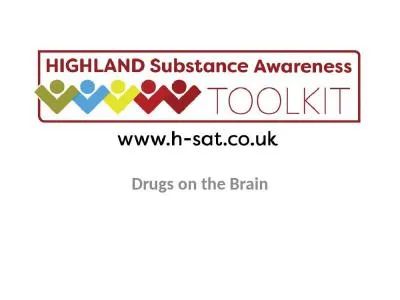PPT-Class I Antiarrhythmic Drugs
Author : zoe | Published Date : 2024-03-13
Sodium channel blockers Their use has declined due to their proarrhythmic effects particularly in patients with reduced left ventricular function and atherosclerotic
Presentation Embed Code
Download Presentation
Download Presentation The PPT/PDF document "Class I Antiarrhythmic Drugs" is the property of its rightful owner. Permission is granted to download and print the materials on this website for personal, non-commercial use only, and to display it on your personal computer provided you do not modify the materials and that you retain all copyright notices contained in the materials. By downloading content from our website, you accept the terms of this agreement.
Class I Antiarrhythmic Drugs: Transcript
Download Rules Of Document
"Class I Antiarrhythmic Drugs"The content belongs to its owner. You may download and print it for personal use, without modification, and keep all copyright notices. By downloading, you agree to these terms.
Related Documents

